In four years of cruising aboard MonArk, we’ve lost our engine twice. On the second occasion, in San Francisco Bay, the alternator seized and we were faced with the prospect of anchoring under sail. At the time, dozens of questions came to mind. How quickly will the boat decelerate when turned into the wind? Should we enter the anchorage under mainsail, headsail, or both? How long will it take MonArk to tack through the wind under headsail alone? Of course, we’d have had the answers to these and other questions had we previously taken the time to practice anchoring under sail.
After that incident, we were sufficiently motivated to invest a little time in practicing these skills. In fact, we now make anchoring under sail a part of our regular sailing routine, though always with the engine on so we can quickly bail out if the situation gets hairy. Along the way we’ve learned a few things, and have developed routines that work well for us when setting or getting off the hook under sail. Other sailors on other boats might need a different approach, so we recommend all sailors experiment and practice to establish routines that work the best in a variety of situations. Before getting into the mechanics of how we anchor under sail, I want to call out three hard-won lessons that make all the difference for us: slow down, observe the conditions, and discuss the game plan. Whether sailing on or off the anchor, we take our time to make sure we have everything prepared. Are all the sails ready to be doused? Have we taken a couple of passes around the anchorage to find the right spot? Next, we take note of our surroundings and observe the conditions. Where are the wind and waves coming from? How much water do we have under the keel? Is there a current? Where are the potential hazards? Lastly, we huddle up as a crew and discuss the game plan. Are we both clear on the plan, as well as on the backup plans and the role they will play before we commit? It’s tempting to rush (especially when it feels like the whole anchorage is watching), but a bit of planning and communicating makes things go a lot smoother.
Anchoring under sail
To select a good spot to drop the anchor, we sail slowly around the anchorage a couple of times to get a sense of the conditions, note the locations of other boats and their anchors, and plan our approach.
Making the approach – Having experimented with different sail plans, we find anchoring under main alone works best for us as it’s usually just the two of us on board. We learned early on that our fin-keeled, sloop-rigged boat has a tendency to fall off broadside to the wind after it loses forward way and drifts back as we set the anchor. If she falls far enough off, the boom will lie against the shrouds, allowing the main to fill and send the boat sailing off its anchor. That’s not a lot of fun in a crowded anchorage in a 30-knot wind— as we can attest from experience! Aware of this tendency, we get the main down quickly. A full-keeled boat might not have the same issue, and on a ketch or a yawl the mizzen can be left up to act as a wind rudder to hold the bow into the wind. One technique does not work for every boat and crew. As we approach the drop location, I furl the headsail from the cockpit to slow the boat (3). I then bring the boat up into the wind and luff the main (4). If the boat has too much speed and appears likely to overshoot the intended mark, my husband, Robin, (at the bow) holds the boom to windward, backing the sail to put on the brakes.
Setting the anchor – As soon as the boat is no longer moving forward, Robin drops the anchor (5) and, as we drift backward, slowly pays out chain until the scope is 3:1. He keeps a very slight tension on the rode as he deploys it, using the resistance of the anchor and chain to keep the bow into the wind. Ina light breeze with no current, I’ll go on deck and back the mainsail to help push the boat sternward. Once Robin feels a strong tug indicating the anchor has dug in, he cleats off the rode and comes aft to help me bring down the mainsail (6). In situations where the wind or current is strong, he will pay out additional rode (up to 5:1) before coming aft to help with the main. 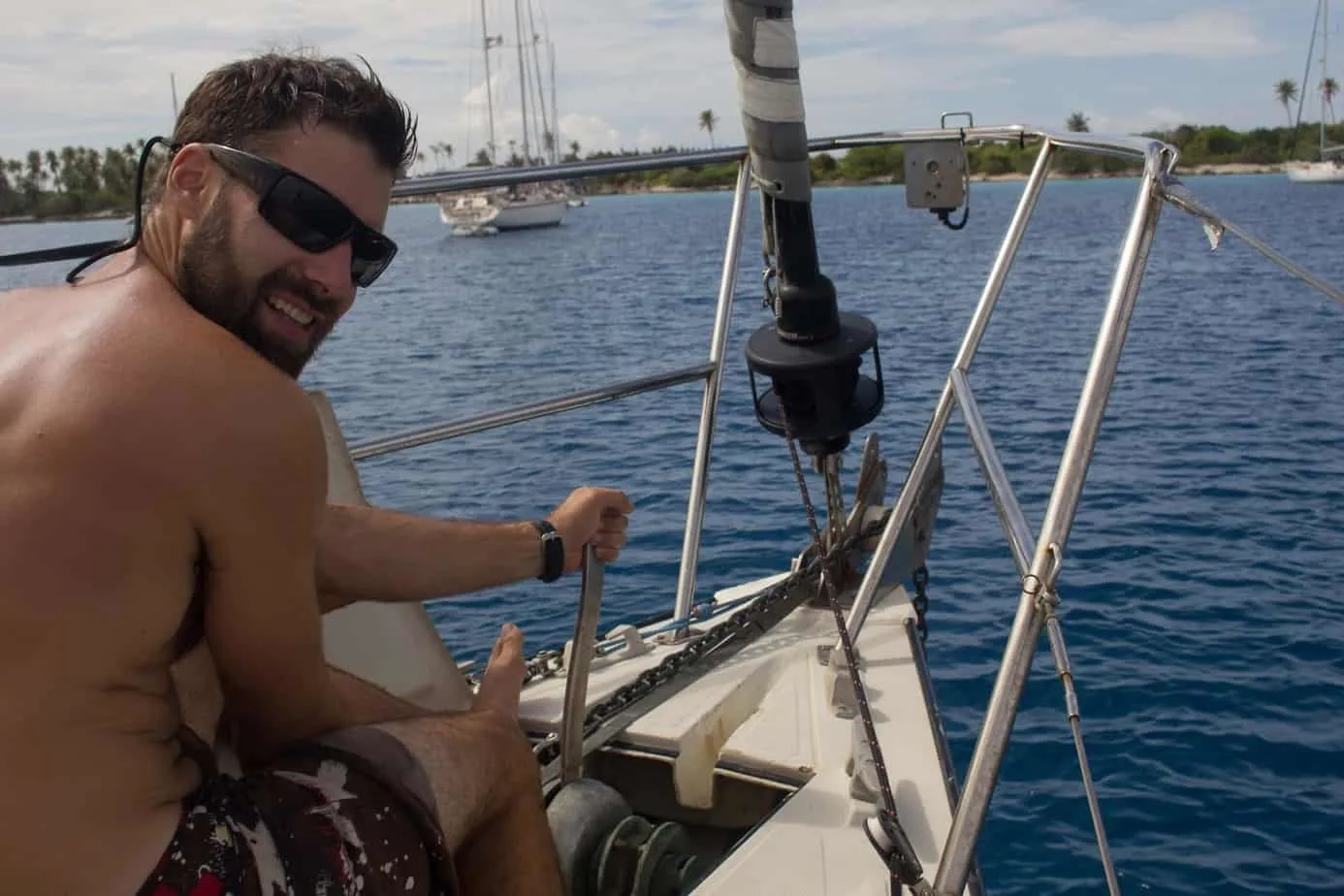
Striking the mainsail – Together, we quickly drop the luffing mainsail and tie it to the boom. Once that’s done, Robin pays out the remaining scope and we wait for the boat to settle with her bow pointing into the wind. We then put our sail away properly (7).
Sailing off the anchor
In preparation for sailing off the anchor, we first raise the main and prepare the sheets and furling line for the headsail so it’s ready to be unfurled (1). We also look around the anchorage to determine what our favored tack will be as soon as we are off-anchor.
Sailing up to the anchor – Robin brings in the rode while I tack back and forth, beating as close to the wind (and anchor) as I can (2). As MonArk sails away from the chain on one tack, the tension gradually increases until it pulls her nose around into the wind. When this happens, I tack her (3). This takes tension off the rode, making it easier for Robin to pull it in.
Breaking out the anchor – Reading the markers we’ve attached to our chain, Robin gives me a signal once he’s brought in most of the chain and is at the point of breaking the anchor out of the bottom. At this point, I place the boat on the favored tack and Robin hoists the remaining rode (4).Unfortunately, the action of breaking out the anchor sometimes brings the boat head to wind, in irons. When this happens, I release approximately 6 feet of the headsail furling line. Robin pulls the sail out by hand and holds the clew to windward to bring us back onto the favored tack while I get the leeward headsail sheet ready. Once we’re on the desired tack, I sheet in the headsail and Robin hauls up the anchor (5).
As we learned from our episode in San Francisco Bay, the safest and most stress-free time to practice sailing onto and off the anchor is while the engine is still working! So get out there and practice before your engine fails. You’ll earn kudos from spectators as you breeze out of the anchorage under sail. More important, you’ll have the confidence to do it safely when your engine leaves you no choice.
This article was originally published in Sep/Oct 2017 issue of Good Old Boat magazine. For more articles on seamanship and boating skills, pickup a subscription to Good Old Boat.
Fiona McGlynn is an award-winning boating writer who created Waterborne as a place to learn about living aboard and traveling the world by sailboat. She has written for boating magazines including BoatUS, SAIL, Cruising World, and Good Old Boat. She’s also a contributing editor at Good Old Boat and BoatUS Magazine. In 2017, Fiona and her husband completed a 3-year, 13,000-mile voyage from Vancouver to Mexico to Australia on their 35-foot sailboat.

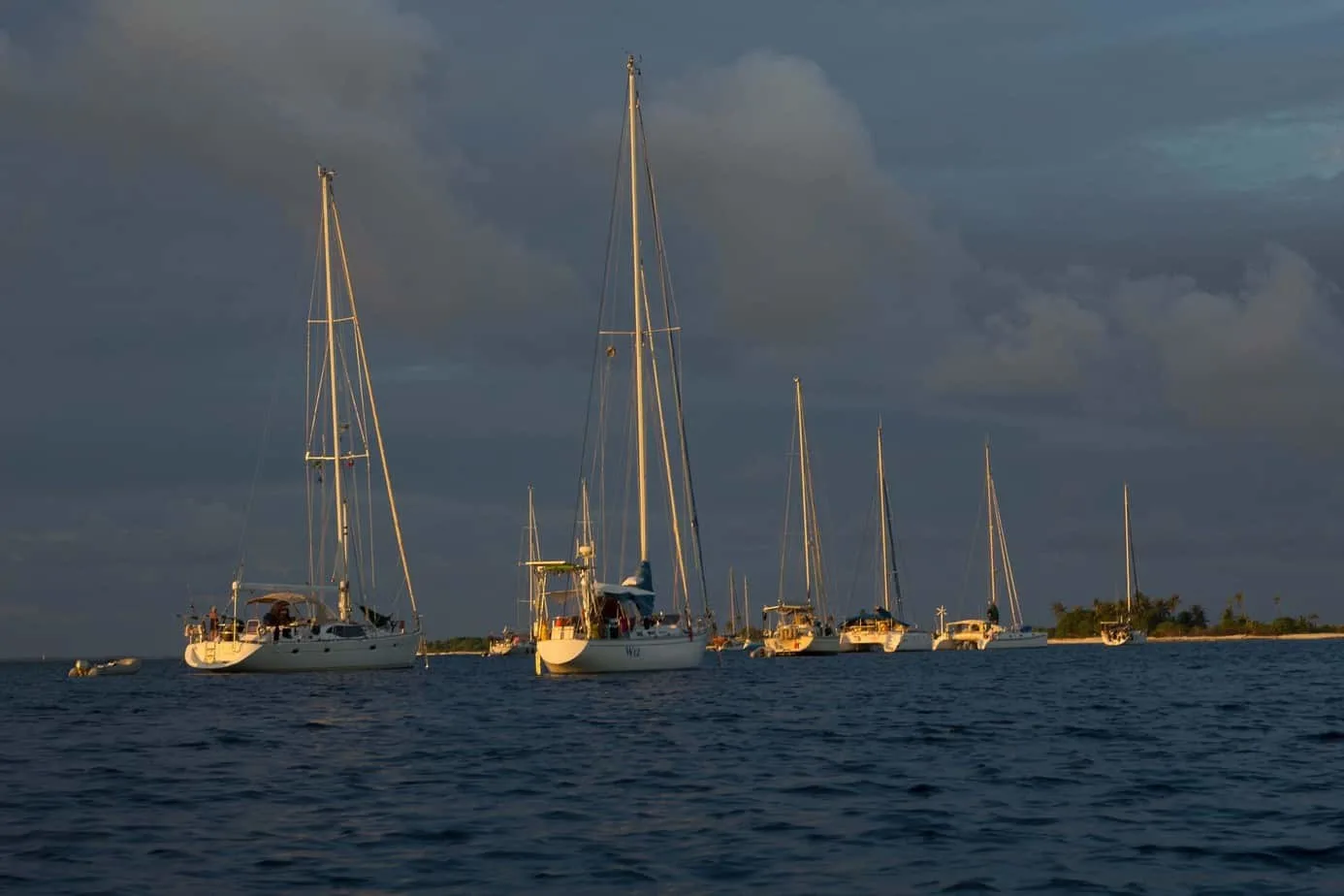
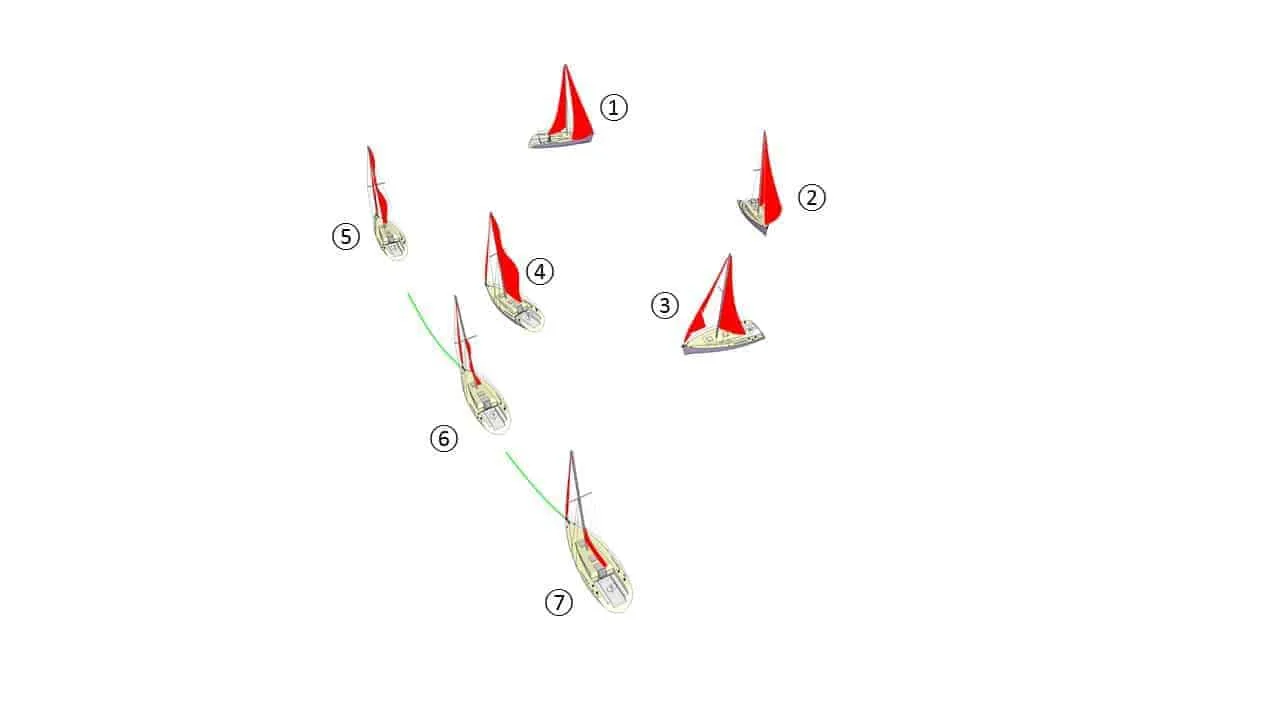
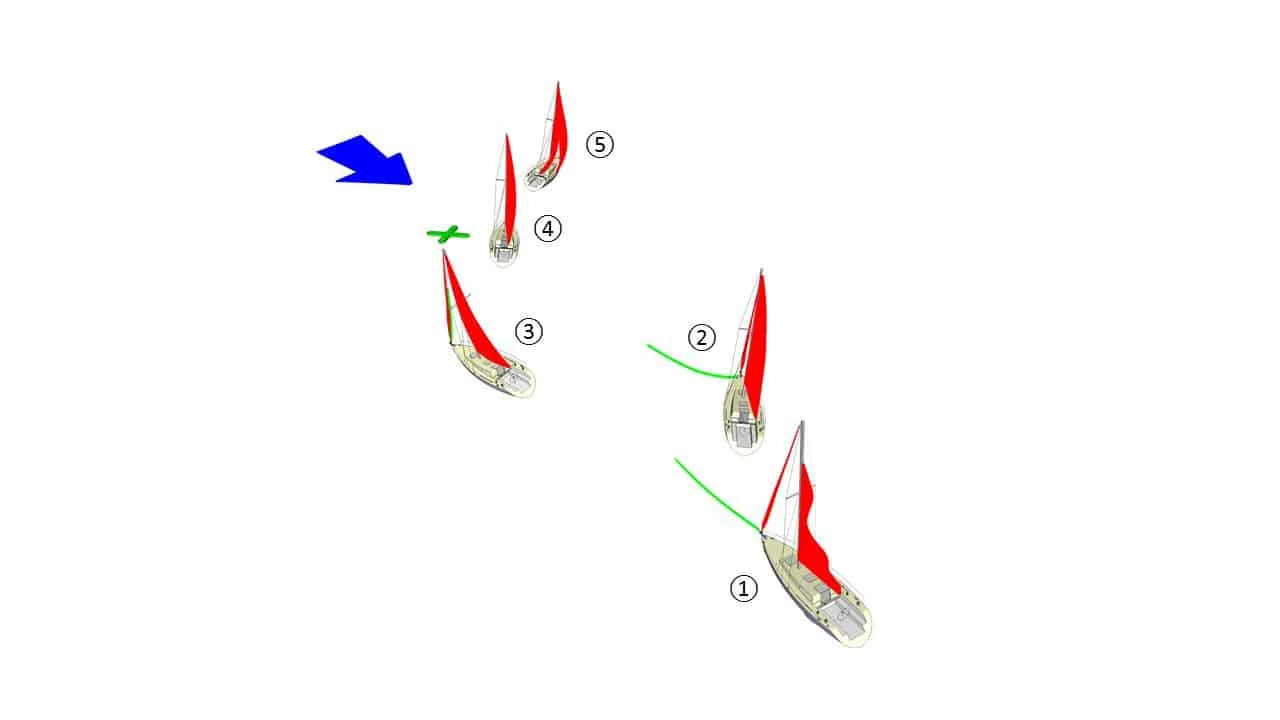
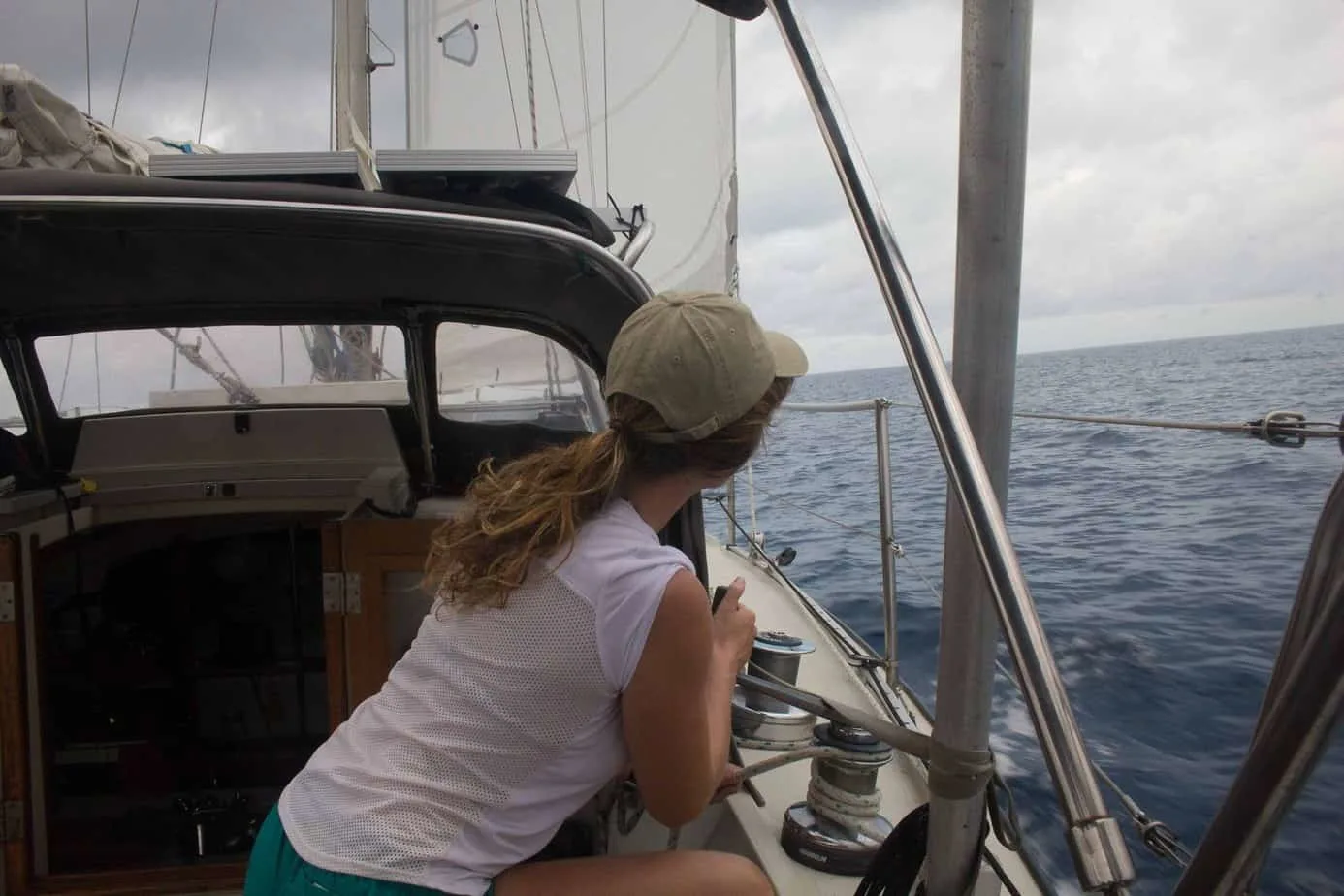
John Fox
Friday 20th of October 2017
Best article to date! Thanks for the excellent explanation.
And remember .. practice doesn't make perfect. Perfect practice makes perfect! :-)
Best Sailing Gloves
Thursday 19th of October 2017
Its really an interesting and amazing write up specially for those who are new in sailing and anchoring. There is a lot of stuff to read techniques and amazing experiences.